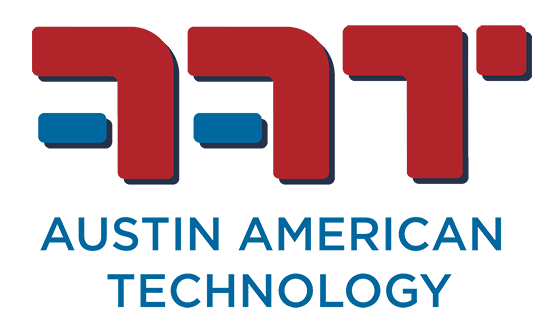FRIDAYHOTSEAT | Todd Rountree & Justin Cody Worden recap their first trip in over a year… Special thanks to the Surface Mount Technology Association (SMTA) Indian Chapter for organizing a wonderful event and to Tammie Fish of DIVSYS International-ICAPE, LLC for hosting… Shout out to AAT Local Rep, Mike Young for inviting us to participate along side Venkata Kalyan Nukala, MS, PMP® of ZESTRON Americas and the brilliant Stanley Bentley… No trip is complete without a fun dinner. Thank you to Rodney Miller & Mark Veith of Specialty Coating Systems, Inc. for the great company and local recommendations. Till Next Time!
… https://aat-corp.com/2020/11/24/improving-the-r-o-s-e-process-control-and-quality-assurance-method/
Optimizing Batch Cleaning Process Parameters for Removing Lead-Free Flux Residues on Populated Circuit Assemblies
Dr. Mike Bixenman
Kyzen CorporationNashville, TN, USA
Steve Stach
Austin American Technology
Curtis Hart
Austin American Technology
Abstract
Quality engineers have long known that cleanliness of printed wiring boards is crucial to the assembly’s performance and reliability. The common method for process control at the assembly level is IPC 2.3.25 –Detection and Measurement of Ionizable Surface Contaminants by Resistivity of Solvent Extract(R.O.S.E.). R.O.S.E. testing was highly beneficial since the test provided a quick and easy method for manufacturing technicians to statistically control and monitor the production assembly and cleaning processes. The R.O.S.E. method limitations arise from the methods inability to dissolve many of today’s flux residues and to remove and detect ionic contamination trapped under low clearance components.These limitations question the validity of the R.O.S.E. test method as a quality assurance and process control indicator on many of today’s leading edge circuit assemblies. To improve the R.O.S.E. method, three areas of research are in work: 1. Extract Solvents, 2. Ion Exchange Resins, and 3. Cleanliness Tester Equipment. The purpose of this research paper isto test the effectiveness of new Ion Exchange Resins for removing both ionic and non-ionic contaminants from extract solventsother than IPA and water mixtures.
Introduction
R.O.S.E. testing was designed to provide a process control method for measuring the level ofionic contaminates remaining on the circuit assembly. Ionic residues derived from plating salts, flux activators, metallic salts, and human perspiration have the ability toconduct electrical current.
The R.O.S.E. method tests the level of ionic residues present by correlating the extraction solvents conductive properties. The ability to conduct electricity can be measured in either conductivity (Siemens/cm or mhos/cm)or by its reciprocal, resistivity (ohms-cm). IPA/H2O is a poor conductor of electricity, which provides high resistance and low conductance.1These desirable extraction solvent properties allow for ionic contamination to be correlated using a linear proportional relationship of strongly ionizable materials.
This research study focuses on improving the R.O.S.E. method, which is a process control method designed to detect cleaning inadequacies, equipment failures, materials handling, and processing errors.
